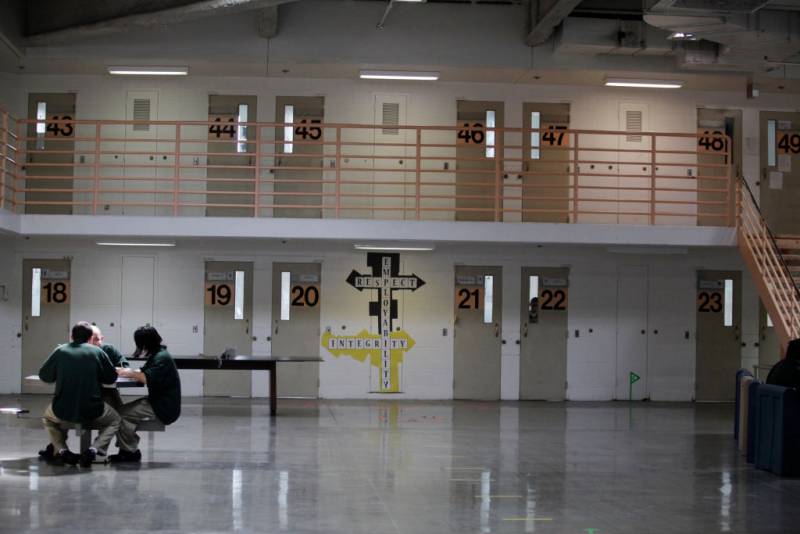The taxable bonuses would be prorated, according to the draft agreement.
The Division of Juvenile Justice employees would be eligible for all or part of the proposed bonuses, said agency spokesperson Mike Sicilia in an email to CalMatters.
“Recruitment and retention efforts aim to retain our valued staff to ensure our facilities are properly operating, and that DJJ is able to continue giving the youth in our charge the best education and rehabilitative opportunities before the planned closure next year,” wrote Sicilia.
According to the Department of Finance, the state has about 1,000 permanent positions authorized among the four juvenile institutions. Roughly 23% of those positions are vacant, according to a CalMatters analysis of the budget report and data from the Controller’s Office.
N.A. Chaderjian and O.H. Close Youth Correctional Facilities, both in Stockton, have the highest vacancy rates, around 26%. In addition, about 20% of budgeted permanent positions at Pine Grove Youth Conservation Camp and Ventura Youth Correctional Facility are unfilled.
Contracts with correctional unions are often controversial for their costs. Last year, amid the pandemic, the California Correctional Peace Officers Association negotiated a new contract that faced criticism from the Legislative Analyst’s Office, California’s nonpartisan budget and policy experts.
The office dinged the administration for increasing prison guards’ compensations “without clear justification.” In addition, they noted that the large contract did not address one of the biggest changes facing the Department of Corrections and Rehabilitation: impending adult and youth prison closures.
“Depending on how and when the DJJ facilities close, employees could be affected directly, either through relocation to other assignments … or through job loss,” the analyst’s office wrote last year.
“There could be various issues related to the closure of DJJ … that could be topics at the bargaining table. The new agreement does not appear to contain any provisions related to these issues.”
After the analysis, the Legislature overwhelmingly approved the new contract between the state and the union.
Now, the Legislature may have to decide on another financial package for youth prison employees.
The division spokesperson would not say how many staffers would be laid off during the transition. But according to its website, the division is trying to place juvenile prison employees in other jobs inside the department.
The state is negotiating the final agreement.
California has offered significant incentives in the past to keep state workers from leaving.
In 2003, prison psychiatrists and doctors received an “extra $2,200 a month as a recruitment and retention bonus,” according to a San Francisco Chronicle story. More recently, in 2020, nurses for the School for the Blind and School for the Deaf were approved for a monthly bonus of 5% of their normal salary, up to $589.55.
